SUGILITE
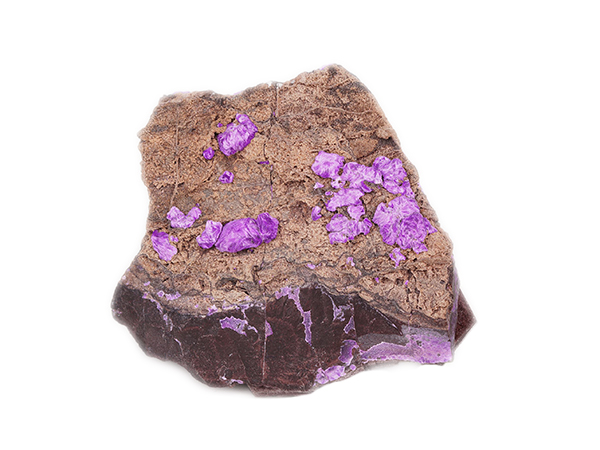
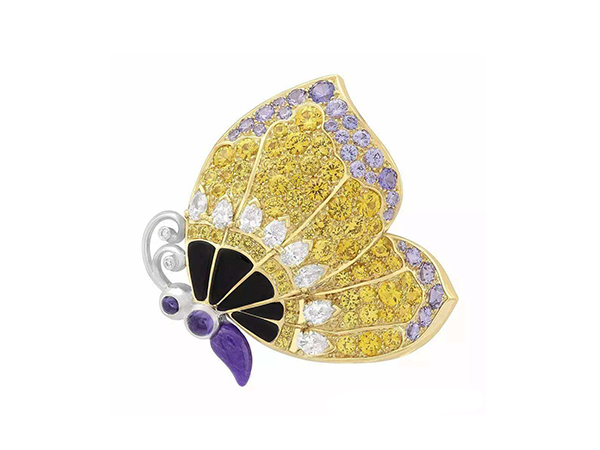
It is also the lucky stone of the second month of the Gregorian calendar.Suji stone is a rare gem, known as "South African national gem", produced in the small rock beads of aegirinite syenite, the main component is silica, and contains potassium, sodium, iron, lithium and other metal elements.
Discovered in 1944 by a Japanese oil explorer, Mr. Kenichi Sugi, it was named after him, but it wasn't until the collapse of part of the wessel manganese mine in 1979 that the gem-grade suji stone was discovered in South Africa.The total quantity found at that time was about 5 tons, of which 360 kilograms could be used as gems.
It has a variety of opaque shades of purple and purplish red, even black. Royal purple is the best color, which can be worn for a long time to make the color more brilliant.Different layers of beautiful purple, plus different shades, let the su ji stone on a layer of mysterious cool color, it is a very special gem.
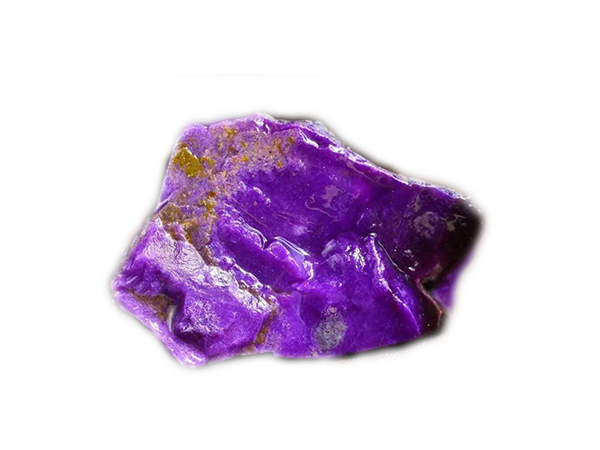
The main ingredients
Mineral name: lithium ferric silicate sodium, (also known as "sodium lithium corner")
Chemical composition :(K,Na) (Na,Fe) 2 (Li,Fe) Si12O30
China science press, 1984, by the Chinese "new mineral and mineral named committee" approval of the English and Chinese name of mineral species, it named as "sodium lithium big corner stone", in other literature has called "alkali ferrosilicon lithium stone" or "ferrosilicon lithium sodium stone", the chemical formula for the (K, Na) (Na, Fe ~ (3 +)) _2 (Li_2, Fe ~ (3 +)) Si_ ⑿, O_ (30), calcium is beryllium lithium iron variant quoin.It belongs to hexagonal crystal system.
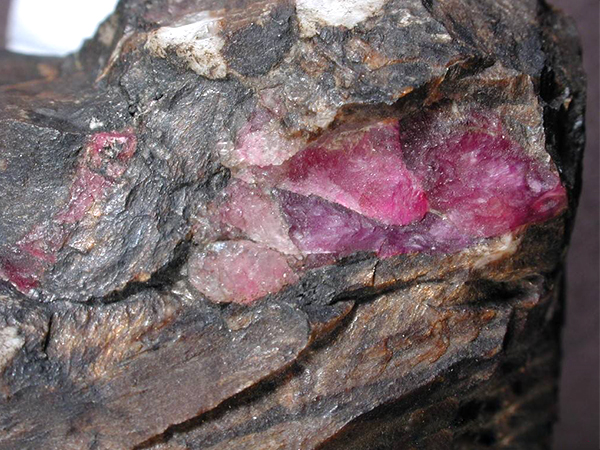
crystal system and crystalline habits: hexagonal, single crystal rare, often semi - autochthonous granular aggregate
Color: red purple, blue purple, rare pink
Luster and transparency: from waxy luster to glassy luster;Translucent - opaque
Light: an axis crystal, negative light
Refractive index and birefringence: refractive index of 1.607-1.610 (+ 0.001, 0.002), the point of measuring the refractive index is 1.61, usually but sometimes because of its internal quartz impurities will detect the low-quality of 1.54;The birefringence is 0.003
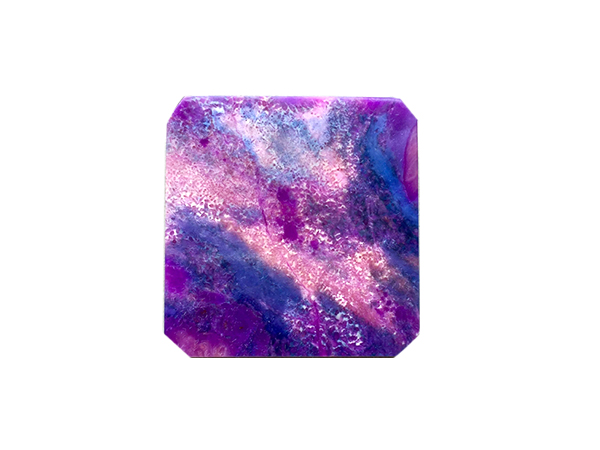
But absorption spectrum, has a strong absorption band at 550 nm, 411 nm, 419 nm, 437 nm and 445 nm absorption lines.The absorption spectrum is a combination of manganese and iron and cleavage fracture: no cleavage;Uneven fracture
mohs hardness: 5.5 to 6.5
density: 2.74 g/cm3 (+ 0.05)
amplification check: deep purple color is the main identification characteristics
place of origin
Suji occurs in the manganese-bearing regions of the kalahari desert in South Africa, with sporadic mining areas in Japan and Canada (Quebec).Despite the short history of suji's discovery, it has been reported that the resource of the precious stone is nearly exhausted.No other large-scale suji stone deposits have been discovered.
